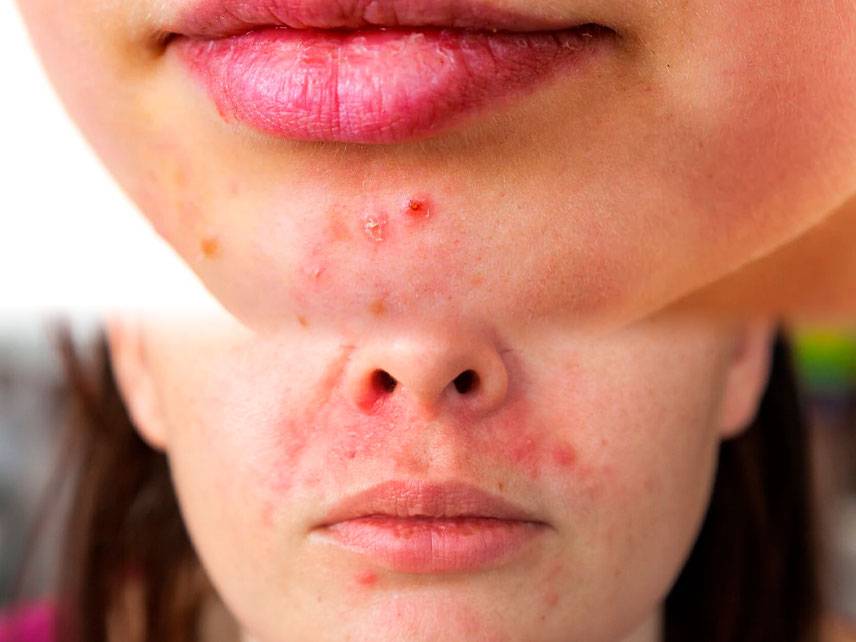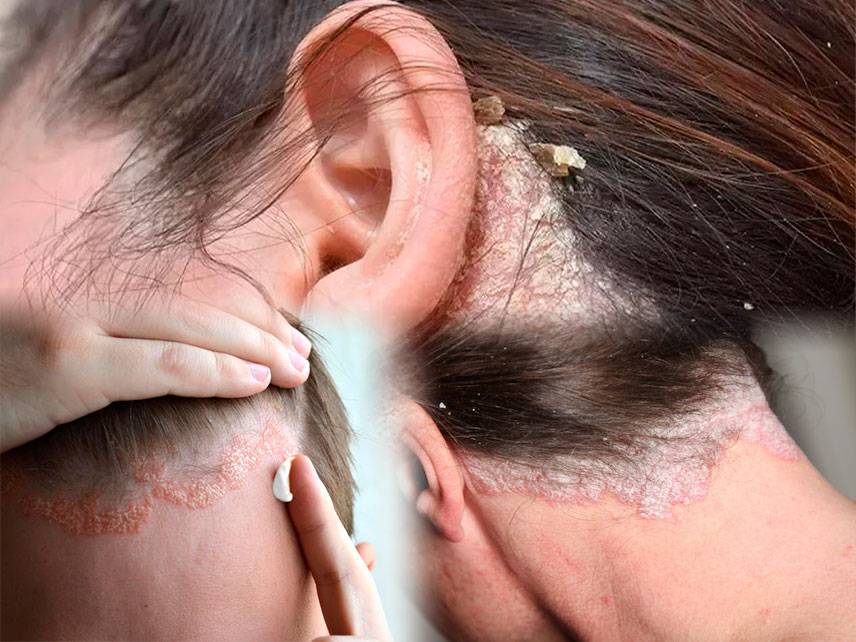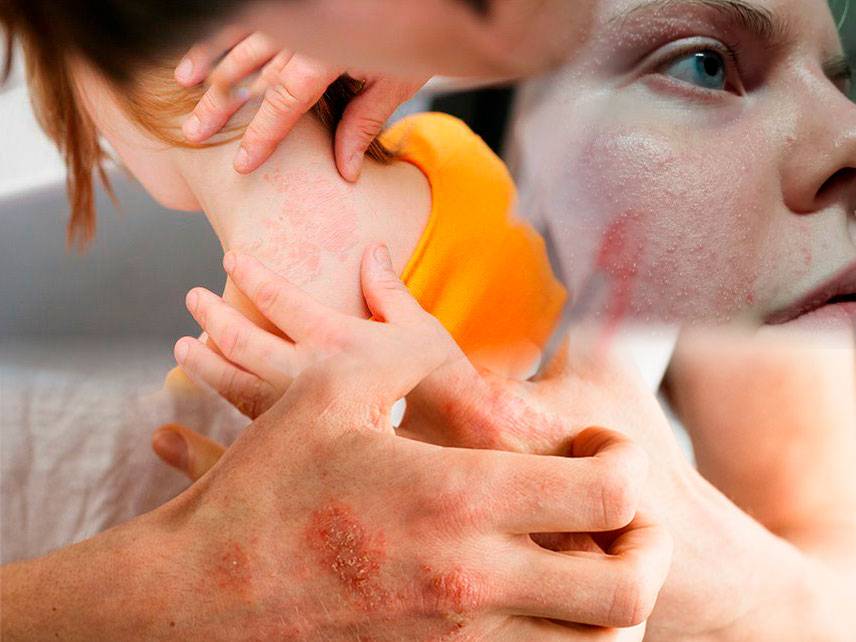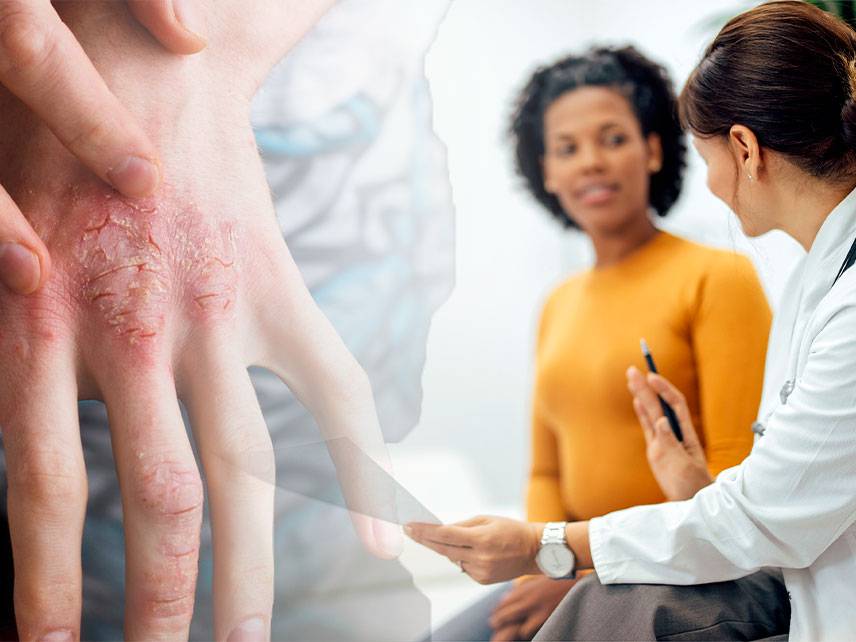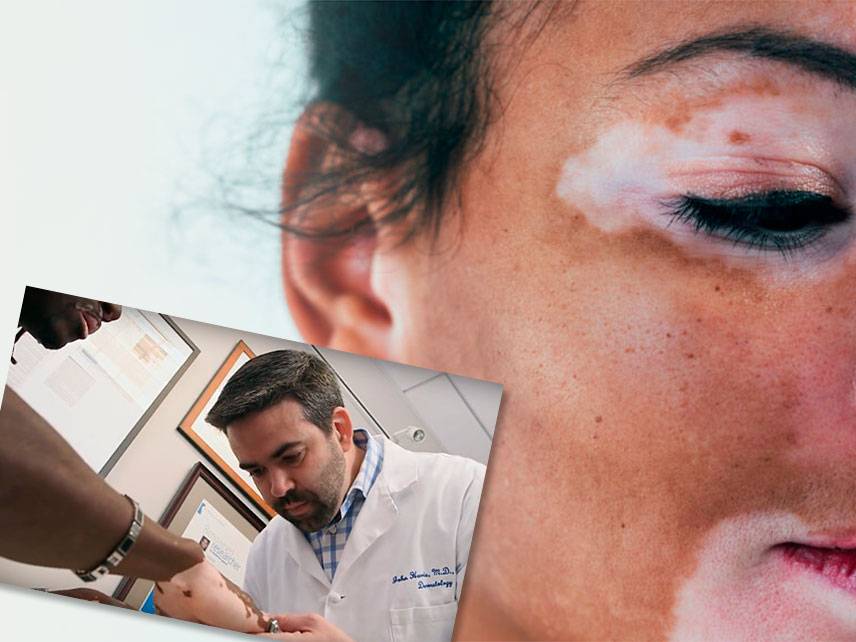
What is the main cause of vitiligo - symptoms, diagnosis and treatment
Vitiligo is a skin disorder that causes the loss of skin color in patches. It is caused by the lack of a pigment called melanin in the skin. Symptoms of vitiligo include patches of lighter skin on the face, neck, hands and feet, and loss of color in the hair, eyelashes and eyebrows. Diagnosis is usually made through a physical examination and a skin biopsy. Treatment options for vitiligo include topical medications, light therapy, and skin grafts. In some cases, treatments may restore some of the lost pigment, while in other cases, it may not be possible to completely restore the original skin color.
